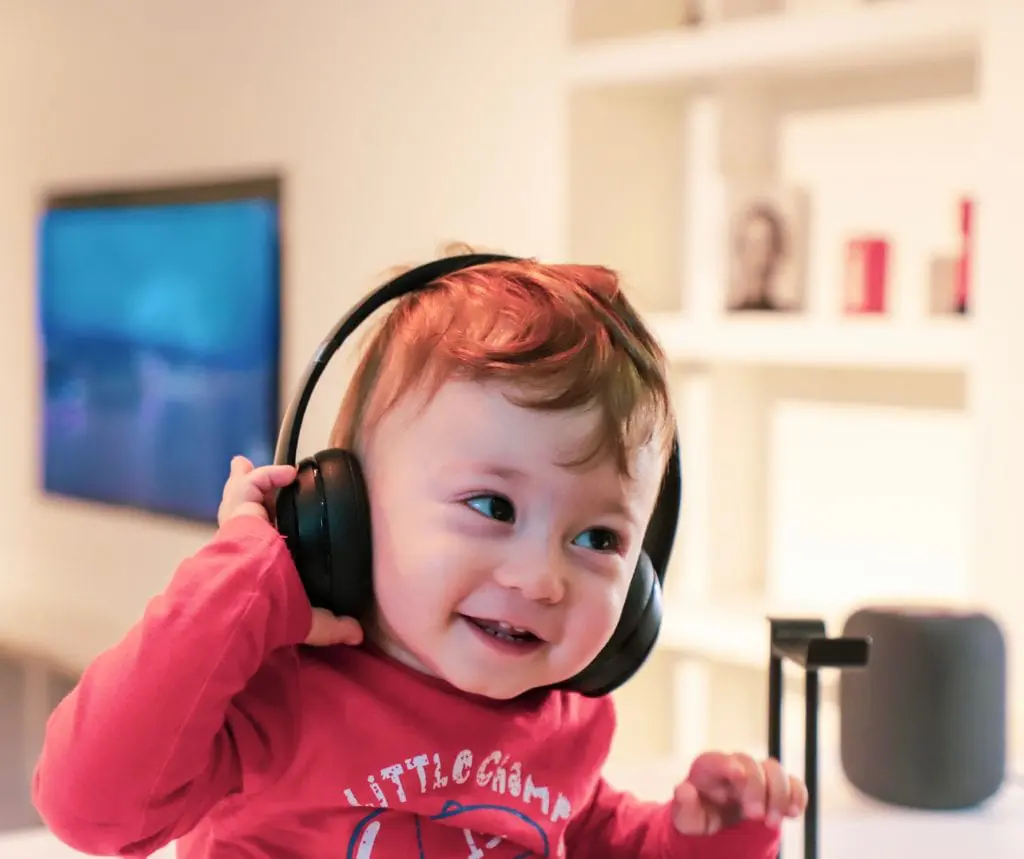In a previous blog, we touched upon bone conduction and how it serves to support the body’s ability to pick up more sound vibrations for the brain to interpret. However, there are also those who want to know more about this aspect of physical hearing and what research has been done about it in order to improve auditory processing.
First off, it is still important to remember that physical hearing and auditory processing are two distinct functions. On the other hand, the discovery of bone conduction and research into it has certainly made an impact on all related fields.
History
The concept of bone conduction has been around since at least the time of Beethoven, who famously used it to overcome his growing deafness. He did it by placing a metal bar between his teeth and the other end on the piano. The vibrations from the metal then transmitted to the bones of his skull, allowing him to still perceive sound. This was then further explored during the later half of the 20th century in the development of hearing aids.
Another notable discovery was by Dr. Alfred Tomatis, a French Ear and Nose physician. He was very aware of bone conduction and was the first to introduce it in sound and auditory therapies to help children and adults with learning difficulties, speech and language delay. He realised that bone conduction starts to function in the womb during prenatal life as the inner ear is totally completed by 16 weeks of gestation. And even as adult human beings, we still use bone conduction before we use air conduction as it transmits sound ten times faster.
Hearing via the Skull
Now, a person with normal hearing mainly relies on the bones of their inner ear to process a great majority of sound vibrations. However, the cochlea is so sensitive that it can still pick up vibrations from other parts of the skull. In fact, it is said that these bones are even more accurate in conducting vibrations of lower frequencies compared to the ones picked up by the main ear.
This is more or less how bone conduction is understood by professionals and explains how they go about using it to overcome physical hearing disabilities. Devices like hearing aids utilise bone conduction mechanisms to find alternative pathways for sound to reach the cochlea to restore hearing. The difference in frequencies also explains why a recording of your own voice seems to sound very different to you from when you actually hear yourself speak!
Bone Conduction and Auditory Processing
But if bone conduction is still mainly a process of physically hearing sounds (as opposed to listening), how does it help a mental function like auditory processing?
A part of that has to do with how our speaking and communication skills are directly tied to how we absorbed them growing up via physical sounds.
Therefore, a child with auditory processing disorder will not easily absorb the means to speak and communicate properly because sound is still registering differently in their brains. Because of this, you can see how people with the condition don’t quite speak in a proper way. They lack control of their tone. They don’t split their syllables correctly.
In other words, the pathways in the brain where the signals for these sounds is supposed to travel is relatively weak.
Strengthening these pathways is quite tricky and has been the subject of fairly recent research. However, programs and methods that seek to improve auditory processing often rely on bone conduction as additional support in creating a more enhanced hearing experience.
Since certain frequencies are stronger via bone conduction, methods (like the Tomatis® Method) use specialised earphones that transmit more sound this way. It is to ensure that the listener is perceiving every shift in tone and frequency, which ultimately leads to improved perception of sound.
And when perception of sound is improved, then so is auditory processing. It’s that simple!
“Want to learn more about how better listening leads to a better life? Get a consultation with us today!”
Françoise Nicoloff
Official Representative of Tomatis Developpement SA in Australia, Asia and South Pacific, Director of the Australian Tomatis® Method, Registered Psychologist, Certified Tomatis® Consultant Senior, Tomatis® International Trainer and Speaker, Co-author of the Listening Journey Series, 40 Years of Experience, Neurodiversity Speaker




